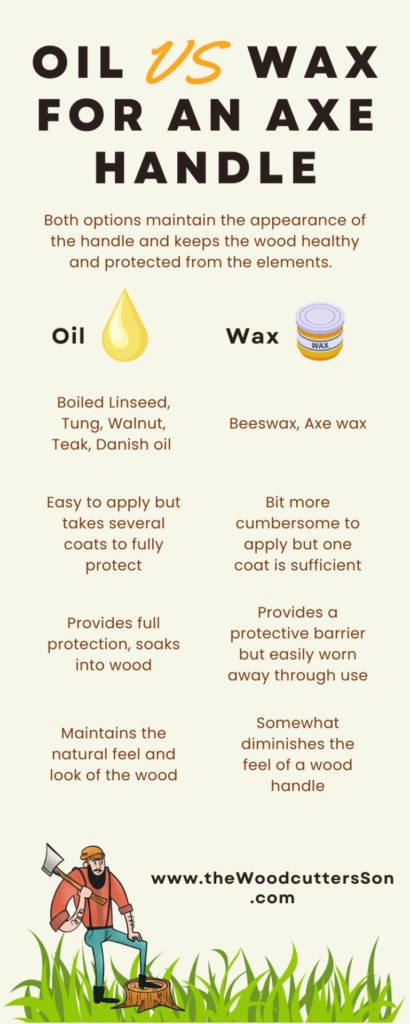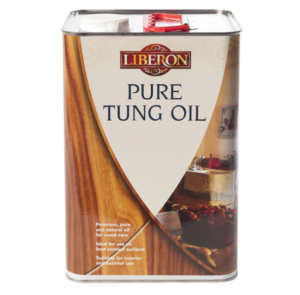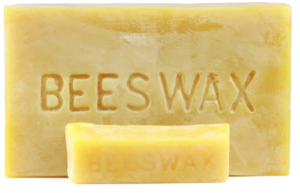Post Updated: 26 Feb 2023
Oiling your axe handle provides protection from the elements, maintains the appearance of the wood and keeps the wood healthy – but so does a wax finish. So is it better to oil or wax an axe handle?
Which one is better for your axe handle, and why choose one over the other?
TABLE OF CONTENTS:
Straight to the point – Is It Better To Oil Or Wax An Axe Handle?
To fully protect and axe handle, oil is a better option than wax. Oil will soak deep into the wood fibers giving prolonged protection. A wax finish is merely a coating that needs to be regularly applied to protect the wood.
Oil vs Wax For An Axe Handle [Infographic]

Is it necessary to treat an axe handle?
If wood is left unprotected it will eventually dry out causing shrinkage and splitting which is no good for an axe. Treating an axe handle with a suitable finish is necessary to preserve and protect the wood from the elements.
But it will also enhance its appearance over time.
An axe is one of those tools that gets better with age. As long as you take good care of the handle. But what type of finish is best for an axe handle… Is it better to oil or wax an axe handle?
What do you treat an axe handle with?
The two main options we have are oils or waxes and each have their own benefits. The main difference between these two treatments is that oil will soak INTO the wood, while waxing provides a protective SURFACE coating.
Both will ensure moisture is kept away from the wood fibers of your axe handle.
I find oil to be a better option because it provides a more complete protection due to the oil soaking right into the wood fibers. Wax is a good BARRIER, but it can wear away quickly on an axe handle through regular use.
And once that barrier is breached, the nasties can get in!
Best oil for axe handles
Oiling an axe handle takes a bit of effort as the oil needs to soak into the wood grain to do its job. Depending on the type of oil a few coats is usually required to fully protect the handle. Drying time between coats is also necessary.
Oiling tends to give a more aesthetic ‘real’ wood finish than a wax coat. And there are numerous drying oils available that give slightly different results once fully cured. But is it better to oil or wax an axe handle?
We’ll get to the wax later on, but the best oil for axe handles is pure Tung oil. This gives a fully waterproof matt finish while maintaining the natural wood feel of the handle.
Many oils are just as effective at preserving the wood but can feel too glossy or slick for a working axe. I find pure Tung oil to be the best option for long term preservation and feel.

1. Pure Tung oil
Pure Tung oil is exactly that. It’s a 100% natural oil that comes from the seeds of the Tung tree commonly found in China and a few south American countries.
Pure Tung oil provides the most complete protection for your axe handle without ruining the natural wood feel of your axe.
The downside of pure Tung oil is the drying time. It takes a long time to cure between coats and it’s usually necessary to apply a minimum of 6 or 7 coats to ensure the wood is fully saturated, so patience is key.
But there is no finer finish for your axe handle!
Related Article: Best Axe Handle Finish – Tung Oil Or Boiled Linseed Oil?
There are many Tung oil FINISHES out there that people assume are the same thing. These contain only minimal amounts of Tung oil so be sure to get hold of PURE Tung oil.
2. Boiled Linseed Oil
Boiled Linseed oil is the most widely used finish for axe handles since it’s cheap and cures quickly. It provides adequate protection and will enhance the natural color of the wood.
But coats will need to be re-applied regularly to maintain protection. It can also result in a claggy finish if coats are applied too thick so thin coats are essential with boiled linseed oil.
3. Danish Oil
Danish oil is another readily available and cheap oil for treating wood. It’s used widely for a multitude of wooden products from tools to furniture for indoors and out.
It is a good penetrator of wood and is often made of Tung oil or polymerized linseed oil and is essentially a mix of oil and varnish. Danish oil provides some water resistance and a darker finish to the wood.
Best wax for axe handles
Is it better to oil or wax an axe handle? Waxes are generally easier to apply and require almost no drying or clean up. Just rub it onto the wood, let it dry for a moment, and buff it with a soft cloth. But a wax finish wont last nearly as long as an oiled finish.
My preferred wax for axe handles is some good old beeswax. I’d recommend getting hold of a bar (like soap) which you can just rub on like chapstick. Use a heat gun or hairdryer to warm it up then rub over the whole surface of the axe handle.

Once completely coated, apply some more heat with the heat gun or hairdryer and wipe off the excess wax with a dry rag. Repeat this a couple of times and you’ll be left with a fully waterproof coating that provides a good grip while swinging.
Conclusion
Is it better to oil or wax an axe handle? Really any form of treatment for your axe handle will ensure the wood is protected to a degree, but the best option is an oil-based finish that fully saturates the wood fibers.
Although waxes are an easy option, and they do offer good water resistance, they are easily worn away with regular use so re-application is required more often.
The advantage of a wax finish is the grippy feel it provides – which is useful for an axe handle for obvious reasons. But oiling gives a more thorough protection against the elements and brings out the natural vibrancy of the wood.
For the best of both worlds, a full treatment of pure Tung oil with a top coat of beeswax for grip will make the ultimate finish!

Leave a Reply